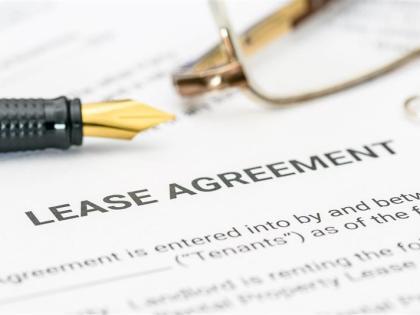You’re likely sitting on a treasure trove of hidden value in your business – your equipment assets. But are you getting the most out of them? By selling your existing equipment to a leasing company and leasing it back, you can unlock capital, avoid maintenance and repair costs, and fuel growth or debt repayment. This strategic approach can be a game-changer, but it’s essential to understand the intricacies of equipment sale leaseback to maximize its benefits. What are the key considerations you need to make to get the most out of this financial strategy?
Understanding Equipment Sale Leaseback
You’re likely familiar with the concept of leasing equipment, but have you considered selling your existing equipment and then leasing it back?
This strategy is known as an equipment sale leaseback, and it can be a highly effective way to maximize the value of your assets. By selling your equipment to a leasing company, you can unlock the capital tied up in those assets and use it to fuel business growth or pay off debt.
The process typically involves selling your equipment to a leasing company, which then leases it back to you for a fixed period.
This allows you to continue using the equipment while freeing up capital that would otherwise be tied up in ownership. You’ll still have control over the equipment and can use it for your business operations, but you’ll no longer be responsible for its maintenance, repairs, or disposal.
equipment sale leaseback agreements can be structured in various ways to suit your business needs, and they can be applied to a wide range of equipment types, from machinery and vehicles to technology and more.
Benefits of Asset Refinancing Strategies
Flexibility is key in today’s fast-paced business environment, and asset refinancing strategies can provide the agility you need to stay ahead of the competition.
By refinancing your assets, you can tap into their hidden value, freeing up capital to fuel growth, reduce debt, or make strategic investments. This approach also enables you to maintain control over your equipment while generating a new revenue stream.
Asset refinancing strategies can also help you navigate cash flow fluctuations.
If your business is experiencing a downturn, refinancing your assets can provide a much-needed influx of capital. Conversely, when business is booming, you can refinance your assets to reinvest in new opportunities.
Additionally, asset refinancing strategies can help you stay competitive by allowing you to upgrade or replace outdated equipment without incurring significant upfront costs.
Unlocking Hidden Value in Assets
As you tap into the agility refinancing strategies provide, it’s time to explore the often-overlooked opportunities hidden within your assets.
You may not realize it, but your equipment and machinery hold more value than you think. By unlocking this hidden value, you can inject new life into your business and boost your bottom line.
Take a closer look at your asset portfolio and identify underutilized or idle equipment.
These assets may be sitting dormant, but they still hold significant value. Consider selling them and using the proceeds to invest in new equipment, pay off debt, or fund other business initiatives.
You can also explore leaseback options, which allow you to sell your assets and lease them back, providing a quick influx of capital while maintaining use of the equipment.
Mitigating Equipment Ownership Risks
Equipment ownership comes with inherent risks, and it’s crucial to be aware of them to maximize asset value.
As an asset owner, you’re exposed to potential pitfalls that can depreciate your equipment’s value over time. One significant risk is obsolescence – your equipment becoming outdated or superseded by newer technologies. Another risk is maintenance and repair costs, which can skyrocket if you’re not proactive in scheduling regular upkeep.
Additionally, you’re also liable for any environmental or safety hazards associated with your equipment.
You can mitigate these risks by implementing a proactive maintenance schedule, regularly updating your equipment to keep pace with industry developments, and ensuring compliance with environmental and safety regulations.
Optimal Timing for Sale Leaseback
One crucial aspect of maximizing asset value is understanding the optimal timing for a sale leaseback.
You’ll want to consider your company’s current financial situation, growth prospects, and equipment usage patterns before making a move. If you’re experiencing cash flow constraints or struggling to meet debt obligations, a sale leaseback can provide a much-needed infusion of capital.
On the other hand, if your business is thriving and you’re looking to upgrade or expand your equipment fleet, it might be wise to hold off on a sale leaseback until you’ve maximized the equipment’s value through depreciation.
You should also consider the equipment’s life cycle and whether it’s still under warranty. Selling and leasing back newer equipment can help you avoid maintenance and repair costs down the line.
Additionally, timing a sale leaseback during a period of low interest rates can help reduce your leasing costs. By carefully evaluating these factors, you can determine the optimal time for a sale leaseback that aligns with your business goals and maximizes your asset value.
Conclusion
You’ve now grasped the potential of equipment sale leaseback to maximize asset value. By adopting this strategy, you can refinance your assets, unlock hidden value, and mitigate equipment ownership risks. Timing is key, so carefully plan your sale leaseback to optimize returns. With this approach, you’ll unlock capital, fuel growth, and stay ahead of the competition. It’s time to tap into the hidden value of your assets and take your business to the next level.



